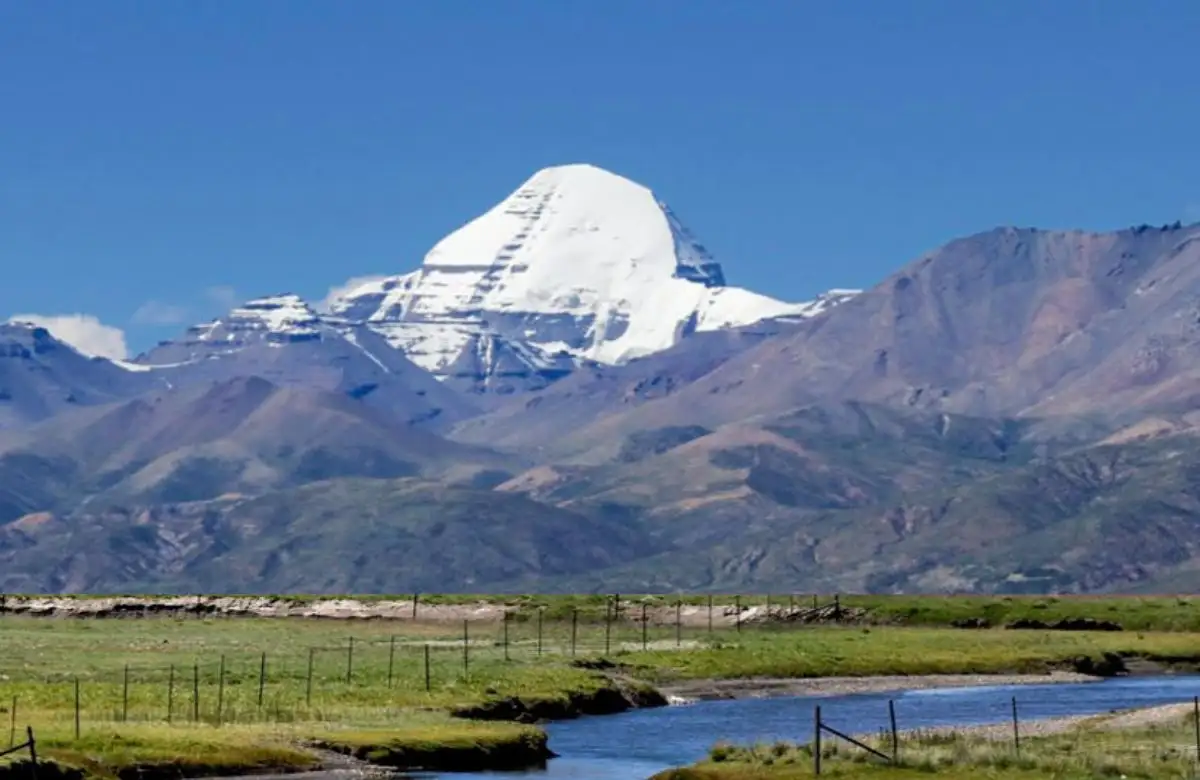Kailash Mansarovar Yatra: Routes, Duration, Best Time & Approximate Cost

Get in touch with our Staff members and get discounted offers for your trip.


The Kailash Mansarovar Yatra is one of the most revered spiritual pilgrimages in the world, attracting thousands of devotees and adventure seekers every year. Nestled in the remote Tibetan region of China, Mount Kailash is considered sacred in Hinduism, Buddhism, Jainism, and Bon religion. Pilgrims believe that circumambulating the holy mountain and taking a dip in the pristine Mansarovar Lake absolves one of all sins and brings spiritual liberation.
This guide covers everything you need to know about the Kailash Mansarovar Yatra, including routes, duration, cost, and the best time to undertake the journey.
There are three primary routes to reach Mount Kailash and Mansarovar Lake:
Route: Delhi – Almora – Dharchula – Gunji – Lipulekh Pass – Taklakot (Tibet) – Mansarovar – Kailash
Mode: By road + high-altitude trek (approx. 35–40 km trek)
Organized by: Ministry of External Affairs (MEA), Government of India
Duration: Around 23–25 days
Eligibility: Indian citizens aged 18–70 years, medically fit
Cost: Approx. ₹1.80 to ₹2.10 lakhs per person (subsidized by Govt.)
Route: Kathmandu – Nepalgunj – Simikot – Hilsa – Taklakot – Mansarovar – Kailash
Mode: Flight + Helicopter + Road
Organized by: Private travel operators (India/Nepal)
Duration: 9–14 days
Physical Demand: Moderate; suitable for elderly or those who want a faster and less strenuous option
Cost: Approx. ₹2.20 to ₹2.80 lakhs per person
Route: Kathmandu – Lhasa – Shigatse – Saga – Mansarovar – Kailash
Mode: Flight (Kathmandu to Lhasa) + Road
Organized by: Private travel companies
Duration: 14–16 days
Highlights: Tibet’s key cities, Potala Palace, and scenic high-altitude drives
Cost: ₹2.50 to ₹3.20 lakhs per person
| Route | Approx. Duration |
|---|---|
| Lipulekh Pass (MEA) | 23–25 Days |
| Simikot – Hilsa (Helicopter) | 9–14 Days |
| Kathmandu – Lhasa – Kailash | 14–16 Days |
The ideal time to visit Mount Kailash and Lake Mansarovar Tibet is during the summer and early monsoon months, typically:
May–June: Pleasant weather; snow-capped mountain views
July–August: Peak yatra season (coincides with full moon & Sawan month)
September: Clear skies and fewer crowds
October to April: Heavy snowfall, extreme cold, and closure of routes
Full Moon Dates (Purnima) are considered especially auspicious by many pilgrims for taking a holy dip in Mansarovar Lake.
| Route | Mode | Approx. Cost per Person |
|---|---|---|
| MEA Route (via Lipulekh) | Govt. trek | ₹1.80 to ₹2.10 lakhs |
| Nepal Route (Simikot-Hilsa) | Helicopter + Road | ₹2.20 to ₹2.80 lakhs |
| Tibet Route (via Lhasa) | Flight + Overland Drive | ₹2.50 to ₹3.20 lakhs |
Mount Kailash (6,638 m): Believed to be the abode of Lord Shiva, central to Hindu cosmology
Mansarovar Lake: Sacred waterbody formed by Brahma’s mind; considered purifying
Parikrama: 52 km circumambulation around Mount Kailash (3 days on foot or optional yaks/ponies)
Dirapuk & Zuthulphuk Monasteries: Significant rest points during Parikrama
Dolma La Pass (5,630 m): The highest point during the trek
Due to high altitude (above 15,000 ft), proper acclimatization is essential.
Travelers should:
Be physically fit and free from severe health conditions
Carry essential medications for AMS (Acute Mountain Sickness)
Undergo medical and fitness screening (mandatory for government route)
Valid Passport (minimum 6 months validity)
Chinese visa and Tibetan permits (arranged by authorized tour operators)
Inner Line Permits for border travel (if using Indian routes)
Medical certificates (required for MEA and high-altitude trips)
Pack warm layers, windproof jackets, gloves, and trekking shoes
Carry dry fruits, glucose, and energy bars
Carry spiritual essentials (Rudraksha, water bottles for Mansarovar, etc.)
Train for 3–4 weeks (walking, cardio) prior to Yatra
Travel with trusted and experienced tour operators for safety and logistics
The Kailash Mansarovar Yatra (KMY) is more than a pilgrimage — it is a transformative experience that touches the soul. Whether you’re driven by devotion or the call of the Himalayas, the journey offers a blend of spiritual bliss, natural beauty, and inner awakening. Plan wisely, choose the right route, and prepare both physically and mentally to undertake this sacred Himalayan odyssey.